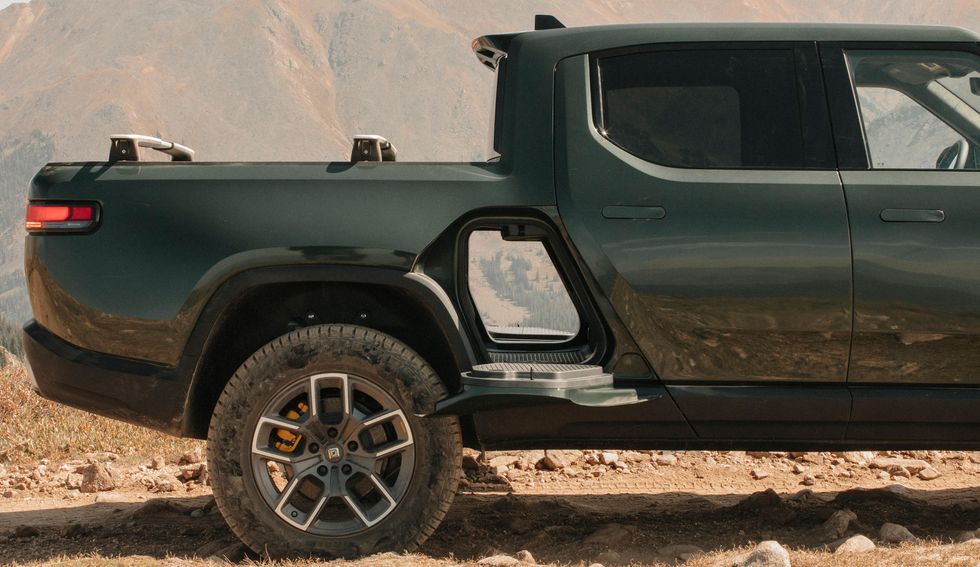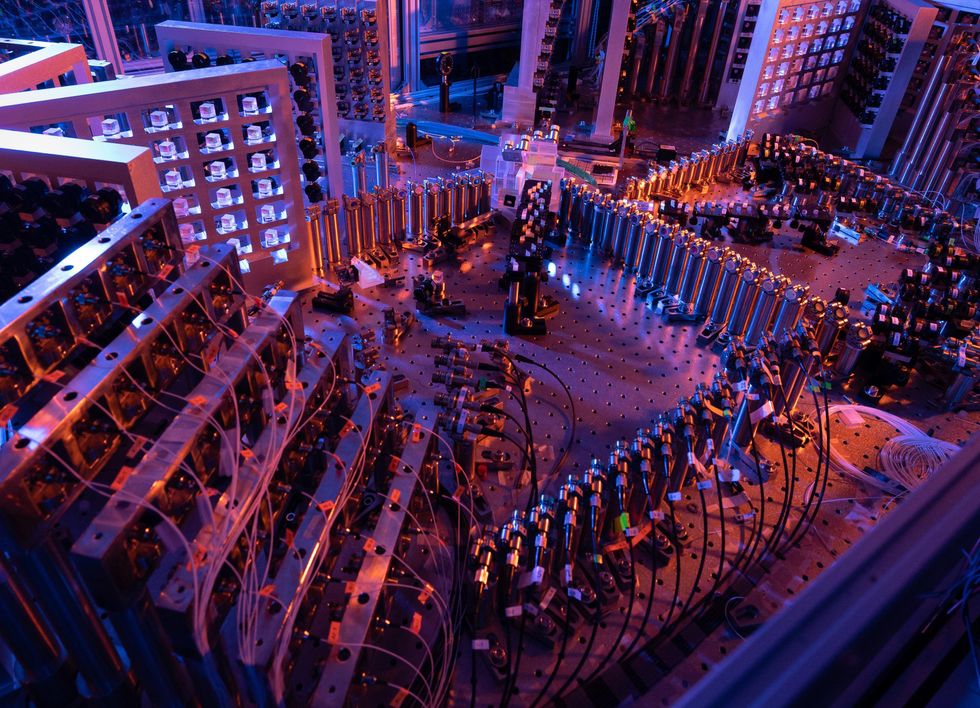Sun Roasted Coffee on the Rise

The Big Picture features technology through the lens of photographers.
Every month, IEEE Spectrum selects the most stunning technology images recently captured by photographers around the world. We choose images that reflect an important advance, or a trend, or that are just mesmerizing to look at. We feature all images on our site, and one also appears on our monthly print edition.
Enjoy the latest images, and if you have suggestions, leave a comment below.
Sun Roasted
The sun rising and an alarm blaring might be enough to rouse us from slumber. But for millions of us, the morning isn't off to a proper start until we've had a hot cup of coffee. Now, two Italian engineers have figured out how to use the sun to roast the coffee beans that end up as our morning brew. This setup, shown last October in Rome, can roast up to 50 kilograms of coffee beans in an hour. According to its inventors, if all the coffee harvested globally were roasted using the sun instead of heat generated by electricity or directly from the combustion of fossil fuels, it would keep roughly 4 billion kilograms of CO2 from being released into the atmosphere annually.
Andrew Medichini/AP
Genetic Coding
The pace at which we're generating data will soon outstrip the world's available data-storage capacity. That is, unless engineers are successful in their attempts to model data repositories after the way genetic information is encoded. Massive amounts of data that would require loads of disk drives if stored as ones and zeros could be stored instead in a smear of DNA on a single chip. Researchers at Georgia Tech say they and their collaborators at biotech companies Twist Bioscience and Roswell Biotechnologies are close to creating just such a DNA storage drive.
Read more: DNA Data Drives Point Toward Exabyte Scale
Sean McNeil/GTRI
Battery-Powered Pickup
The inaugural model from startup automaker Rivian is the world's first EV pickup. The class-defining vehicle has wowed reviewers with the multitude of ways in which its engineers' and designers' choices have panned out. An electric motor at each of the truck's four wheels gives it both the acceleration and nimble road handling of sports cars less than half its size. Its suspension system was made to take on the rigors of off-roading; on paved roads, it rolls as smoothly as a Zamboni on a hockey rink. And its battery pack stores enough energy to make range anxiety a nonissue.
Read more: Behind the Wheel, Under the Hood of Rivian's R1T
Rivian
Quantum Not Yet Supreme
There's been a lot of back and forth in the past few years over whether quantum computers truly provide the theoretical quantum advantage" over classical computers. And the contretemps is not over. The latest advances in quantum computers-which have come out of China-move the needle, but they have not proved decisive. The Zuchongzi computer, which comprises 56 superconducting qubits, completed a task in less than half the time it takes high schoolers to take the SAT college entrance exam. To complete the same task, the United States' Summit, a classical supercomputer that was once the world's most powerful, would need the amount of time it takes to finish high school and undergraduate studies. But physicist Chao-Yang Lu, a researcher at the University of Science and Technology of China in Hefei who is a coauthor of papers detailing the performance of Zuchongzi and the Jiuzhang 2.0 photonic quantum computer, says, The current state of the art is that no experiments have demonstrated quantum advantage for practical tasks yet. While we should not be too pessimistic and short-sighted...we should also make a difference between optimism and exaggeration."
Read more: Two of World's Biggest Quantum Computers Made in China
Chao-Yang Lu/University of Science and Technology of China